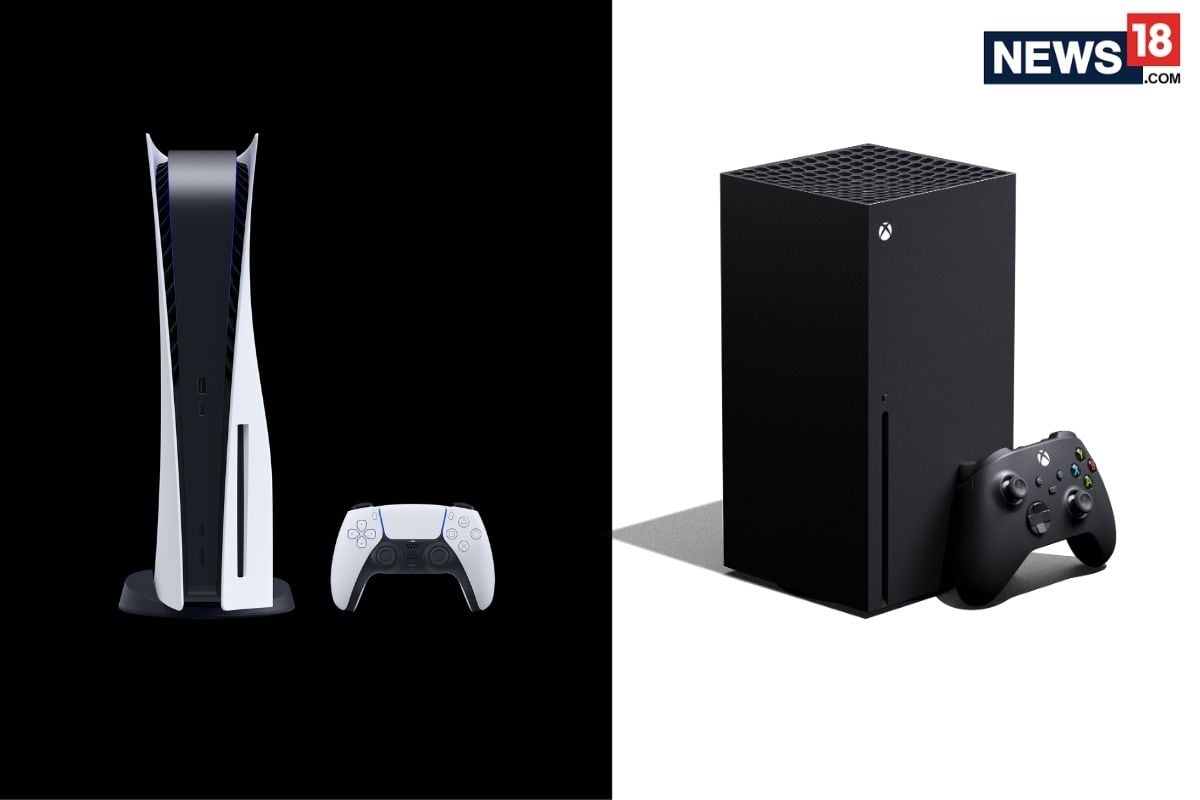The next generation of gaming consoles have started rolling out after months in waiting. The new Xbox Series X and Series S gaming consoles have started shipping today, with the PlayStation 5 consoles reaching customers on November 12 in some areas and November 19 in others. The Xbox Series X and Series S both have started shipping everywhere in the world alongside India, with the PS5 scheduled to arrive in the country on November 19. The Xbox Series X comes with an octa-core processor, along with a 1TB total NVMe SSD. The Xbox Series S, on the other hand, offers only 512GB of NVMe SSD storage. The Xbox Series X is priced at Rs. 49,990, while the Xbox Series S is priced at Rs. 34,990. On the other hand, the PlayStation 5 will cost Rs. 49,990 for the regular model and Rs. 39,990 for the Digital Edition in India.
Both the new Xbox consoles have been available for pre-orders since September, with the sales beginning today. The interest in the two gaming consoles has naturally been massive, and potential buyers of both the PlayStation and Xbox consoles already have 100s of titles available to play on their new consoles. Both the PlayStation 5 regular and Digital editions are exactly the same in terms of specifications, except the presence or absence of the disc drive. The Xbox Series S and the Xbox Series X, on the other hand, are different from each other, with the Series S sitting below the Series X. Let’s take a look at how the two consoles compare against each other in terms of specifications:
PlayStation 5 vs Xbox Series X vs Xbox Series S Processor & GPU
Both the Sony PlayStation 5 regular and Digital Edition are powered by a 3.5GHz AMD Zen 2-based octa-core CPU, paired with 16GB of GDDR6. The Xbox Series X, in comparison, also has a Zen 2-based octa-core CPU clocked at 3.8GHz. The CPU is paired with 16GB of GRRD6 RAM. The Xbox Series S, which sits below the Xbox Series X, is also powered by a Zen 2-based octa-core CPU clocked at 3.6GHz, paired with 10GB of GDDR6 RAM.
The PlayStation 5’s graphics duties are done by a 10.28 teraFLOPS custom RDNA 2 GPU which is clocked at 2.2GHz. The Xbox Series X also has a custom RDNA 2.0 GPU which is capable of 12 teraFLOPS of performance, and is clocked at 1.8GHz. The Xbox Series S uses a custom RDNA 2 GPU as well, but with a 4 teraFLOPS output and is clocked at 1.5GHz.
PlayStation 5 vs Xbox Series X vs Xbox Series S Other Specifications
The Zen 2-based octa-core CPU on the PlayStation 5 is paired with 16GB of GDDR6 RAM and 825GB of NVMe SSD storage. The Xbox Series X’s CPU is also paired with 16GB of GDDR6 RAM, but wins in terms of storage as the Xbox Series X offers 1TB of total NVMe SSD storage. Further, the Xbox Series X also offers expandable storage via a Seagate Expansion card or a USB 3.1 external HDD. This option is missing on the PlayStation 5 currently. Sony says it will add support for expandable storage via a software upgrade later on. The Xbox Series S, on the other hand has 10GB of GDDR6 RAM and 512GB of NVMe SSD storage. The Xbox Series S also supports expandable storage.
The Xbox Series X is capable of supporting 120FPS gameplay in 4K resolution. Further, the Microsoft console supports up to 8K HDR resolution and comes with other video features like Auto Low Latency Mode, HDMI Variable Refresh Rate, and AMD FreeSync. The Xbox Series X also supports Dolby Digital 5.1 audio and Dolby TrueHD with Atmos.
The Xbox Series S offers only up to 1440p resolution gameplay, with up to 120FPS frame rate. The Xbox Series S also comes with similar features to the Series X like Auto Low Latency Mode, HDMI Variable Refresh Rate, and AMD FreeSync. In terms of sound as well, the Xbox Series S is not much different and supports both Dolby Digital 5.1 audio and Dolby TrueHD with Atmos.
The PlayStation 5 also supports up to 120FPS gaming in 4K resolution, like the Xbox Series X. The PlayStation 5 further suppots 60FPS frame rate in 8K resolution. Further, instead of Dolby Atmos, the PlayStation 5 uses Sony’s 3D Tempest audio.

